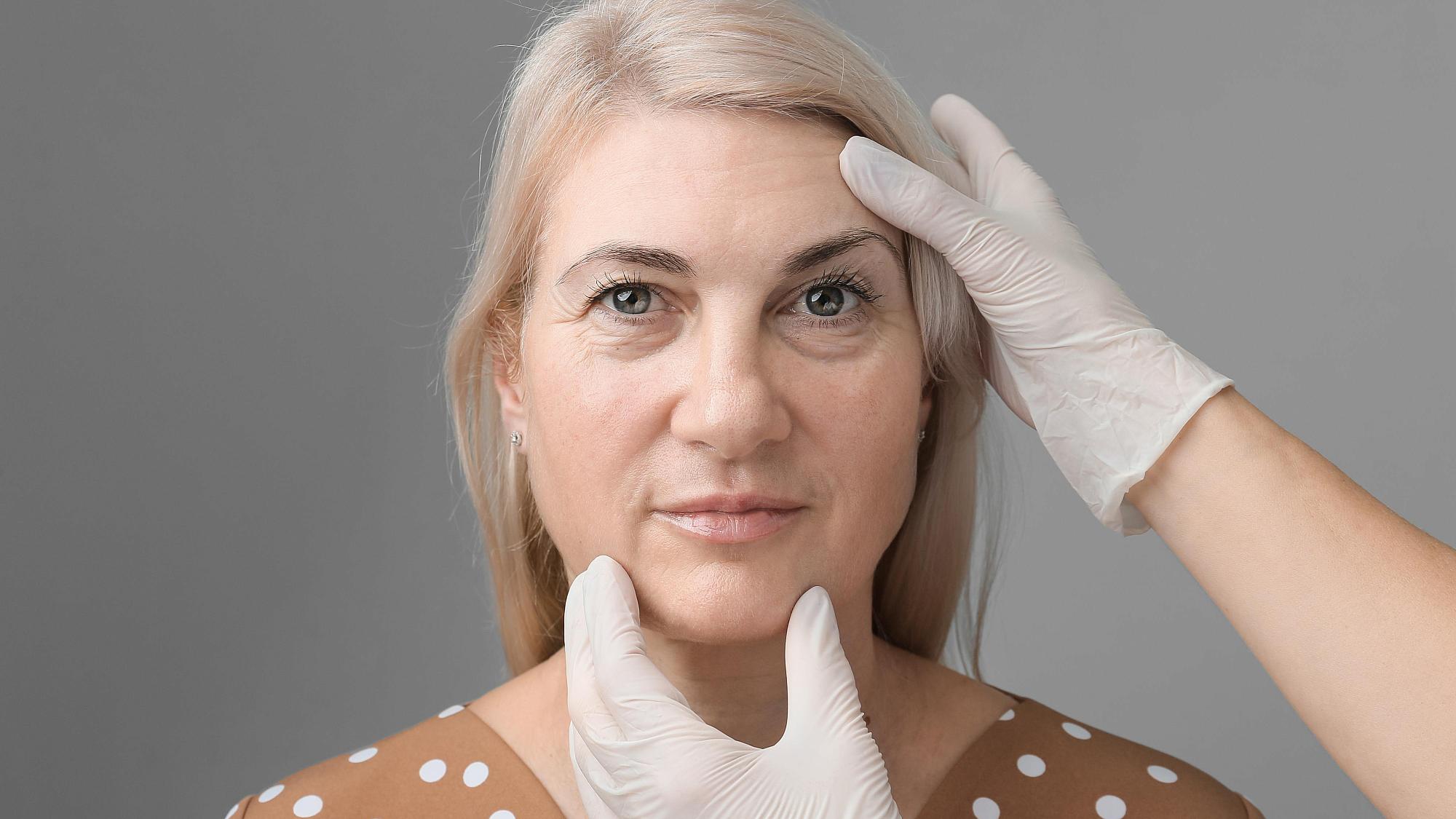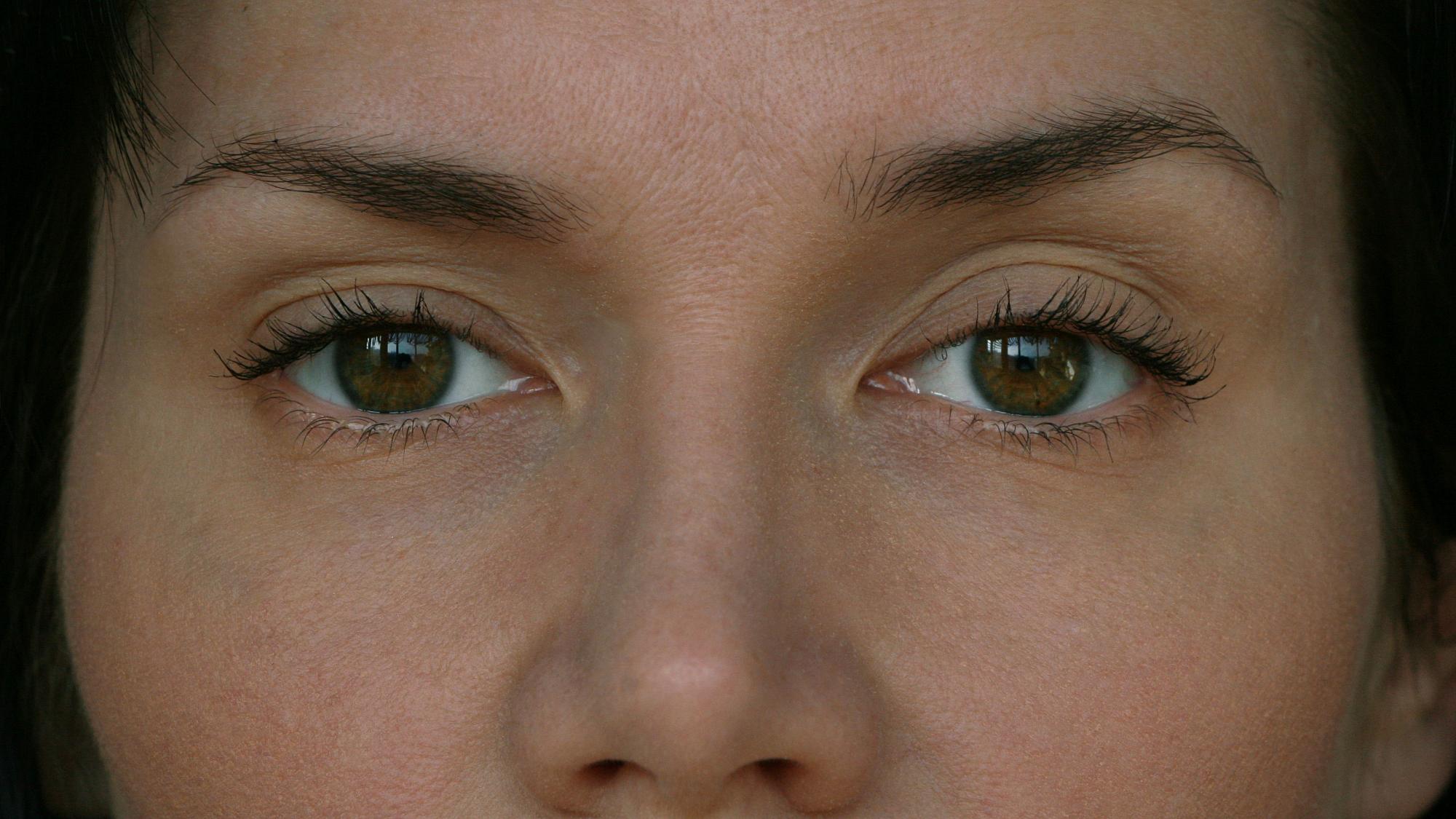Utah’s Best Reconstructive Eye Surgeons
Functional oculoplastic and facial reconstructive surgery repairs areas that are blocking or otherwise impairing vision. We provide expert, comprehensive treatment options to adults and children for a wide range of conditions.
Reconstructive Surgery for Eyelid, Eyebrow, and Cheek Conditions
- Artificial eye and ophthalmic socket disorders
- Blepharospasm and squeezing disorders
- Burns
- Congenital conditions
- Congenital lacrimal obstruction (tearing in children)
- Dry eyes and tearing problems
- Ectropion (eyelids that turn out)
- Entropion (eyelids that turn in)
- Enucleation and evisceration (loss of an eye)
- Eyelid bumps and tumors
- Eyelid malpositions
- Eye trauma
- Eyelash abnormalities
- Facial fractures
- Facial nerve palsy
- Facial wrinkles
- Graves' disease
- Orbital tumors
- Periocular skin cancer (skin tumors around the eye)
- Ptosis (droopy eyelids)
- Thyroid eye disease
- Tumor removal
Blepharospasm Treatments
Blepharospasm is a condition that causes involuntary eye spasms or blinking. It can be treated with the injection of botulinum toxin into the muscles of the eye. A surgery known as a myectomy can also remove some of the muscles and nerves in the eyelids.
Ptosis
Ptosis is the medical term for drooping of the upper eyelid, a condition that may affect one or both eyes. When the level of the upper lid margin falls, it can interfere with the upper field of vision. Symptoms include the following:
- Decreased ability to keep the eyes open
- Eyestrain
- Eyebrow fatigue from the increased effort needed to raise the eyelids
Ptosis can be treated with outpatient surgery.
Dacryocystorhinostomy
This type of surgery can correct a blocked tear duct by creating a new drain.

Endoscopic Orbital Decompression
Orbital decompression is a surgery that removes the middle and bottom walls of the bone surrounding the eye, commonly used to treat thyroid eye disease, also known as Graves' disease. Surgeons use endoscopes and small instruments working through the nose. Removing these walls allows us to expand the swollen tissues in the nose into the sinuses. This reduces the bulging appearance of your eyes.
Why Choose the Moran Eye Center?
Experience and training are the best indicators of results. You’ll find the highest level of both at the Moran Eye Center, ranked among the nation’s best by U.S. News & World Report. If you need functional or reconstructive treatment, visit Utah's eye specialists.
- Our experienced surgeons focus on the eyes, performing about 700 oculoplastic surgeries each year.
- Performing both cosmetic and reconstructive surgery gives our surgeons an unparalleled level of specialization and expertise in facial anatomy to ensure the best results.
- Our surgeons are fellowship-trained, going beyond medical school residency to spend years developing their expertise.
- We are experienced in working with patients with a variety of specific medical conditions, including glaucoma or dry eyes.
- We provide the highest level of safety and access to advanced surgical facilities for procedures that require local or general anesthesia.
Find an Oculoplastic Surgeon
Hear From Our Oculoplastic Specialists
Understand Your Eye Rejuvenation Options
Eyelid procedures are among the most popular elective plastic surgeries in the U.S. If you’re thinking about a procedure involving the delicate areas around your eyes, an oculoplastic surgeon can help.
What Can You Do About a Droopy Upper Eyelid?
When the upper eyelid droops over the eye, it's called ptosis. Children may be born with the condition and adults may develop it with age. It also could develop as a side effect after certain surgeries, diseases, or tumors.
When Does Thyroid Eye Disease Require Surgery?
Our thyroid eye disease team customizes each case and consults with University of Utah fellowship-trained physicians in endocrinology, sinus and skull base surgery, oculoplastics, and neuro-ophthalmology for medical and surgical treatments.







